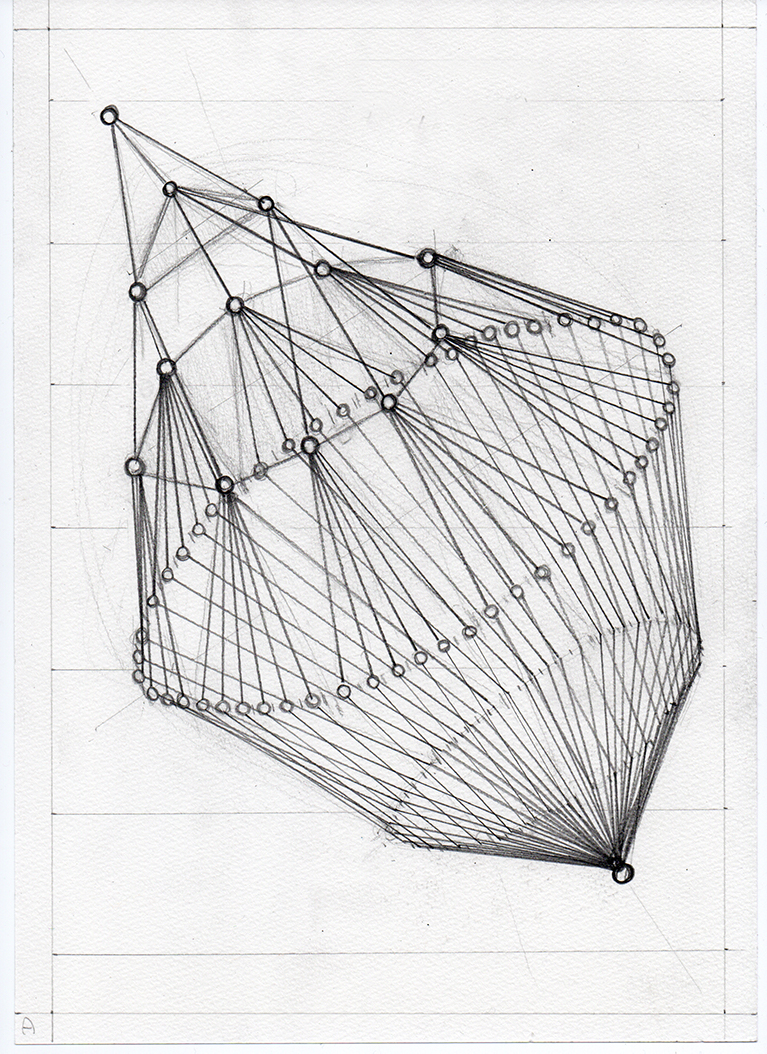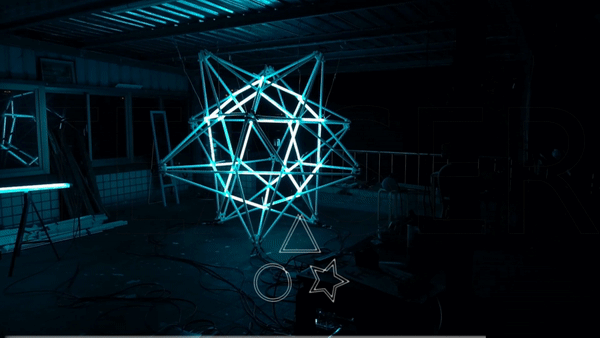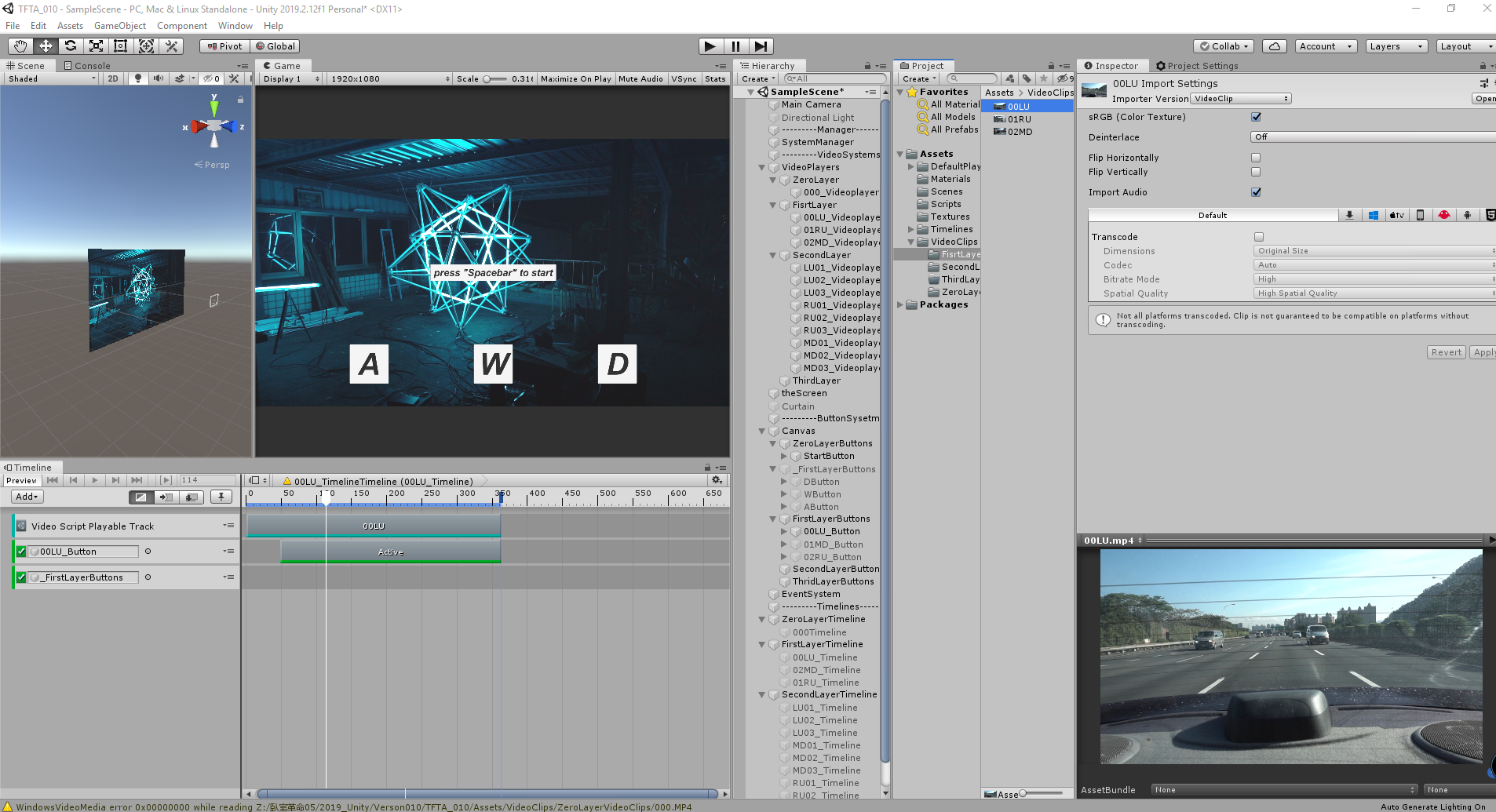

︎︎︎︎︎︎︎︎︎︎︎︎︎︎︎
The Artist
︎ 2021
︎ Interactive video, Installation
︎Taipei, Taiwan
The work "The Artist" is an interactive video installation based on five years of video records, which presents the thinking of artist Chiang Ming-Chun and two subjects: "survival reality of daily life" and "artistic practice in the face of artistic labor." It explores Chiang's view of the situation faced by young artists in the Taiwan art industry at that time. The installation uses the game-liked operation method and a limited randomized storytelling approach.
It is constructed in three major narrative lines featuring three young artists, a contracted artist from a local gallery, an art subcontractor, and a graduate student in an art school. It was filmed from 2016 to 2019 to demonstrate the struggles of living reality and artistic value in the Taiwan art industry during that time. Exactly, not only did the transition period between "ideal artist" and "working" are faced by them, but Chiang did as well. During the filming process, he intentionally and unintentionally chatted with them in their leisure time, working time, and art working period. He reconstructed those videos into a no-liner narrative's content.
The fragmented narrative style used to build different subjects' approaches to represent Chiang's concept that the experiences of art is more like a never-ending looping process rather than a conclusion. The work is designed into a 3-minute reading process at each narrative and vague selections in each fragment, which allows audiences to experience the works by rereading it and feeling the unpredictable reading circuits. When audiences play the installation, there are three major subjects; every subject has three levels; each level needs to be selected by three different selections; At the final selections, there are randomized endings for each last section. It resulted in 54 (3 x 3 x 6) different reading paths. Each path holds a question and an open-ended explanation. Though the multiple paths cause ambiguity, they all surround a particular concept - the reality for the young artist.
The interactive device uses "Sega Astro City" as a reference for the arcade game machine, and the system uses the software Unity as the game engine. I interpreted it as a time machine that opened a visual window to dive into memories. It aims to materialize personal memories and concepts through an interactive video system. Through the open, non-linear video reading experience, he asked his questions about "the subject of the art" and "Survive in practical reality. "








